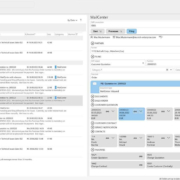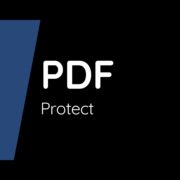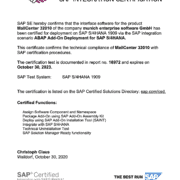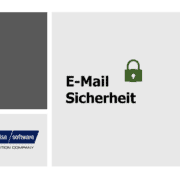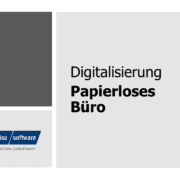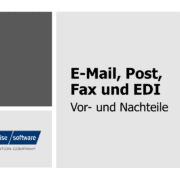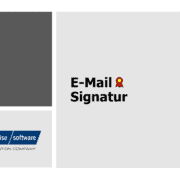How can I protect a PDF file against modification?
If PDF documents are sent as business documents, made available on the Internet, published on a data carrier or sent by e-mail, then it may be necessary to protect them. This avoids unwanted changes or copying of the content. In addition, confidential information may be found in a PDF file that is not intended for every user.
In such cases, it is possible to protect PDF documents with a password, restrict the possibility of changing the PDF document, sign PDF, digitally sign PDF or encrypt it by certificate.
Table of Contents
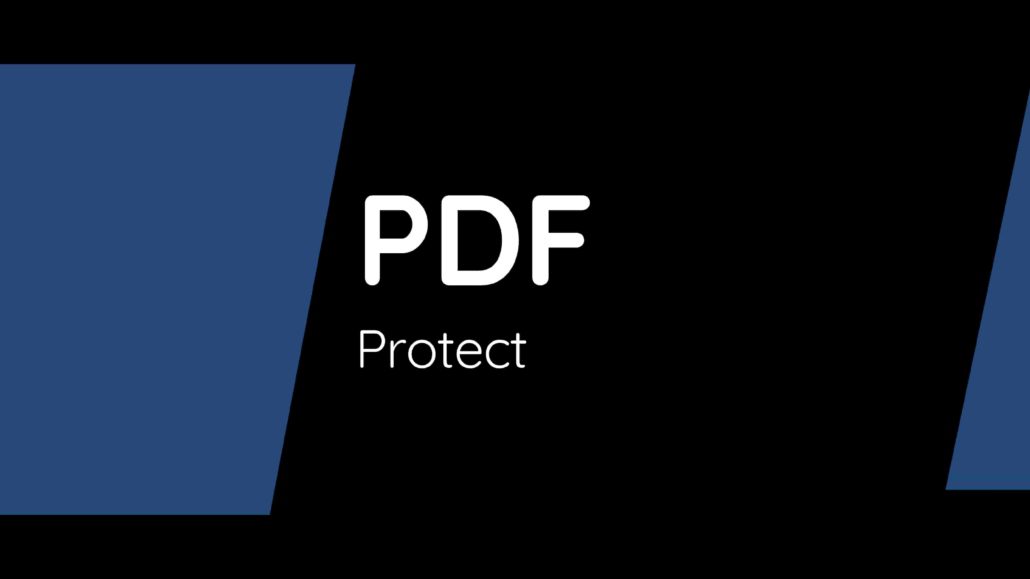
In this article, you will learn how to protect a PDF and secure it against misuse.
Protect PDF documents with password
Protection via Adobe Acrobat
Most computer users are familiar with Adobe Reader, which can be used to open PDF files and edit them to a certain extent. However, it is not possible to save PDF documents with Adobe Reader. For example, if you want to protect your documents with a PDF password, you need Adobe Acrobat.
Unlike the reader, this software is not free, but it offers a large number of features.
Encryption with the help of the paid software Adobe Acrobat takes place on different levels. For example, you can exclude the opening of a PDF file or only certain functions such as editing or printing, or only allow them if the user enters the correct password.
If such a PDF file is copied, you do not have to worry. The copy automatically contains the same encryption settings that you set for the original. As soon as users want to edit such a password-protected PDF, they must also enter the corresponding passwords.
Two-tier encryption
Basically, there are two alternatives to encryption via Adobe Acrobat. In the first case, the password is required to open the PDF file. Alternatively, you can also specify that a password only needs to be entered when the user calls up certain functions, for example if the user wants to print or edit the PDF. Of course, these settings can be changed at any time – but the password is required for this.
Protection via Windows
With newer Windows variants, there is the function in various Microsoft applications to create PDFs via the save under menu. The document can be protected using the option “Encrypt document with a password”.
Alternatives on the Internet
Especially for users of older versions of Windows, there are some tools on the Internet that should make creating and editing PDFs easy. There are even variants that can be installed as PDF printers. To create a PDF, all you have to do is go to the print menu and save the respective file in PDF format. Typically, you can also protect the PDF by setting a password that users must enter before opening it.
Protection on Mac OS computers
Unlike the older versions of Windows, for example, Mac OS can easily create PDF files via the operating system. Various options for security can also be defined there.
Signing PDF documents
Sign PDF – the digital signature
Apart from password protection, many users also want to know how to sign or sign a PDF. In this way, the printing of contracts or similar documents can often be avoided. Instead of signing them and then either sending them by post or laboriously scanning them, the PDF file itself can also be signed.
Sign PDF digitally – without additional software
You can easily insert a digital signature into a PDF file – you don’t need any special software for this. Rather, the free Acrobat Reader or the preview (on Mac OS) is sufficient. In the toolbar you will find a menu item “Signature”.
In addition, on the one hand, it is possible to insert your signature into the document. If you have already saved them on your computer, you can of course also use the existing version. On the other hand, it is even possible to request signatures from other users in this way. This is especially useful if it is a contract or other document that requires several signatures. In addition, the exchange is significantly accelerated, as the documents no longer have to be sent by post.
Certificate-based signature
see below
PDF encryption via certificate
This is the safest way to protect your PDF documents.
Sign PDF with certificate – the certificate-based signature
The PDF document is provided with a certificate-based signature. The PDF is not completely encrypted. Only a digital signature is added, with which on the one hand the signer can be checked and on the other hand can be checked whether the document has been changed.
This is similar to a hand-generated signature. It clearly identifies the transmitter. If the recipient opens the document, the signature is verified. If the document has been changed in the meantime, the signature is invalid. The recipient can thus see whether the document has been changed after signing. The document can be read.
Without the appropriate key pair, however, the signature in a PDF document cannot be verified, if the key pair is invalid, an error message is displayed that the signature is unknown (not trusted).
Public key encryption with public and private keys
In the public key procedure, the public key converts a plain text into a secret text. The public key is therefore responsible for encryption. The private key is used for decryption. With its help, the plain text is recovered from the secret text. Both together are called a key pair. Without the appropriate private key, the document cannot be read or edited.
Who can I trust?
How does the receiver know that he can trust a public key or that the sender is really who he claims to be? There are certificate chains for this (umbrella term: Public Key Infrastructure (PKI)). I trust e.B. the Adobe Root CA and thus all certificates issued by this CA.
If I have now bought a certificate that has the Adobe Root CA as the root certificate, then my public key is trusted by anyone who also trusts the Adobe Root CA. I trust that the information in the public key of the certificate is correct and has also been checked.
Is there secure protection for PDF documents?
Although there is no complete security even with PDF write protection, there are still many measures that ensure a high degree of protection.
For example, if you want to make sure that no one can simply copy the content from a PDF file, you can make sure that it can’t simply be copied and pasted into a new document. Nevertheless, the user can simply take a screenshot.
In turn, a PDF watermark can protect against this – after all, the content cannot simply be published under a different name.
Gaps in security are possible
In recent years, there have been repeated headlines about possible security gaps in encryption.
For example, if you encrypt a PDF so that users can only open it with the appropriate password, this may be circumvented by targeted attacks. For example, a corresponding study was published in 2019 and handed over to the Federal Office for Information Security (BSI). The BSI then contacted Adobe and other affected providers in order to close the gaps as quickly as possible.
However, this study also found that attackers had to make an enormous effort to read the contents of encrypted documents. However, this effort is only likely if the content is actually information or data that has a great economic benefit for hackers. For most users, this aspect is hardly relevant.
However, you should make sure that passwords are kept secure so that third parties cannot simply access their PDFs.
Result
In principle, there are various ways to protect the PDF documents changes. Of course, there is never 100% security.
The assignment of passwords can ensure that the content is not easily accessible to every user, with the help of watermarks information can also be protected from simple copies. Digital signatures and encryption with certificates are also good ways to protect PDF documents against alteration.
Ultimately, it is a question of effort and benefit that everyone has to answer for their use case.




